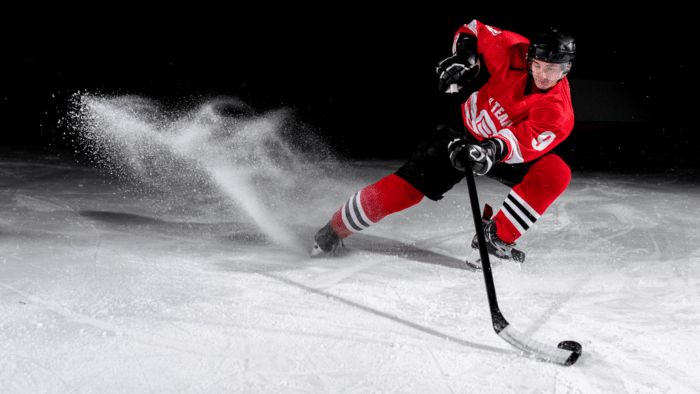When the Ice Gets Faster: Rethinking Safety in Modern Hockey
As hockey evolves into one of the world’s fastest team sports, conversations around player safety are shifting just as rapidly. Over the last few decades, equipment, training, and performance analytics improvements have transformed the game. But these advances have also brought new challenges. Faster skating, harder shots, and more agile play mean the collisions are sharper, the injuries riskier, and the stakes higher. For players and coaches alike, one of the central questions is no longer just about skill development—it’s about how the game’s growing intensity should reshape how we think about protective measures, training, and protective hockey gear.
The Changing Speed of the Game
The contrast is striking if you watch a hockey game from the 1980s and compare it to today. Training regimens, nutrition planning, and advanced coaching techniques have made athletes faster and more explosive. Add innovations in skate and stick technology, and the pace of today’s game is, in many ways, unrecognizable. While that creates a more thrilling sport for fans, it also means the forces involved in checks and falls are higher. The human body has not evolved at the same rate as the technology of the sport, so while the players are faster, their bones, ligaments, and brains remain just as vulnerable.
The Hidden Compromises of Progress
Interestingly, not every improvement meant to help performance always favors protection. Lightweight materials, for example, are designed for speed and comfort, but sometimes this shift makes players wonder whether durability or padding has been sacrificed. Similarly, as helmets and pads become sleeker, the conversation within hockey communities often circles back to whether protection is balanced with playability. The ultimate challenge is finding harmony: equipment that improves performance without unintentionally exposing players to new risks.
Training for Safe Play
Safety in modern hockey is not just about equipment. The way players train their bodies and brains has become equally important. Preventative strategies such as strengthening the neck and core, improving proprioception, and practicing proper fall techniques are being adopted at higher levels of the sport. Experts are also talking more about vision training, reaction timing, and decision-making drills to reduce risky situations before they happen. These approaches highlight a deeper realization—the best “protection” starts before the gear goes on.
The Culture of Resilience vs. Safety
Hockey has long prided itself on toughness. Playing through injury, shrugging off a hit, or hopping back on the ice after a knock has been baked into the culture. However, as awareness of brain injuries and long-term wear grows, there is a visible shift in mindset. Athletes are starting to see that resilience isn’t about ignoring pain but staying healthy enough to deliver consistent performance for years. Part of that resilience involves choosing the right protective hockey gear, reporting minor injuries before they become major, and recognizing that smart play is a marker of strength rather than weakness.
The Future of Safety in Hockey
Looking ahead, technology integration might offer new frontiers for player protection. Impact sensors, data-tracking inserts, and real-time monitoring could shift the conversation from reactive to proactive. Coaches may one day receive alerts when a player experiences an unusually hard hit, reducing response time and preventing hidden injuries from worsening. Beyond gear, innovations in playing surfaces, rink design, and even refereeing tools could contribute to a safer on-ice environment without sacrificing the thrills that make hockey unique.
A New Definition of Performance
In the end, the evolution of hockey safety mirrors the evolution of the sport itself. What was considered “extra armor” is now essential for enhancing athletic performance. Stronger, smarter protective strategies allow athletes to focus more on creativity, speed, and precision instead of worrying about the next collision. Safety is no longer an afterthought—it is part of the definition of peak performance in an era when each stride is faster, every shot harder, and every second on the ice more intense.
As hockey accelerates into its next era, the real test will be whether its culture and strategies can keep pace with its speed. Protecting players, after all, isn’t just about preserving careers; it’s about preserving the very future of the game.
